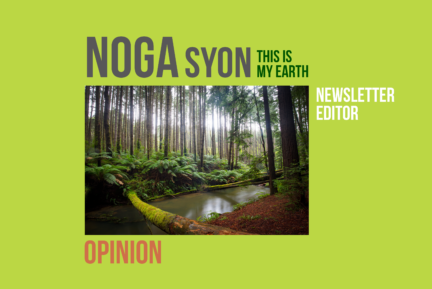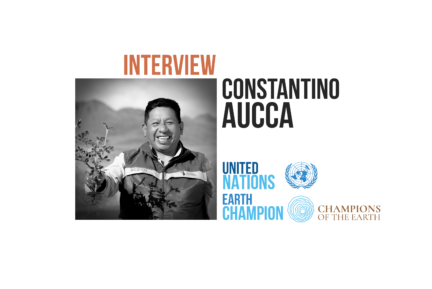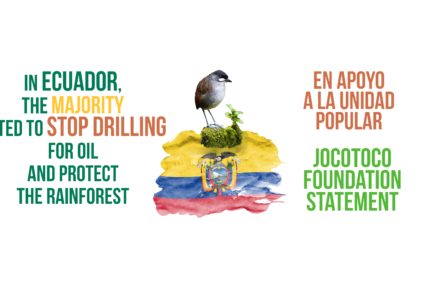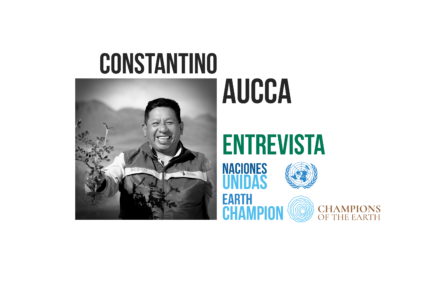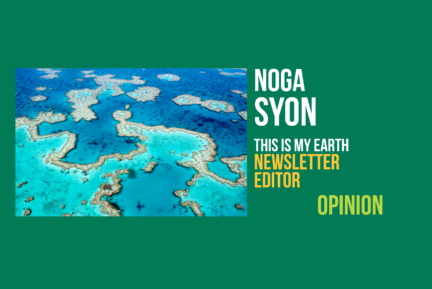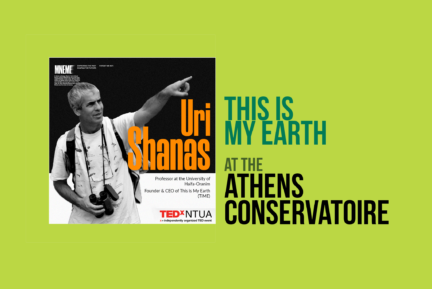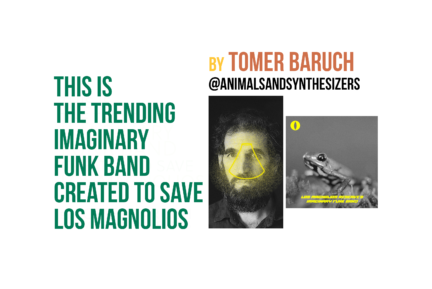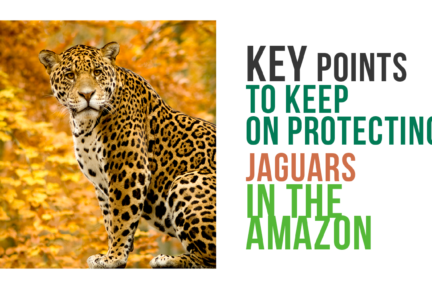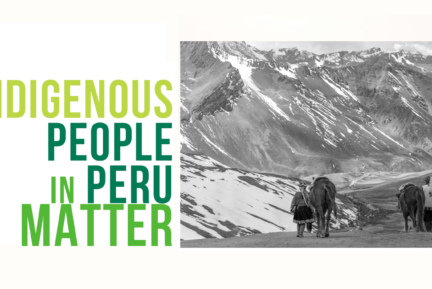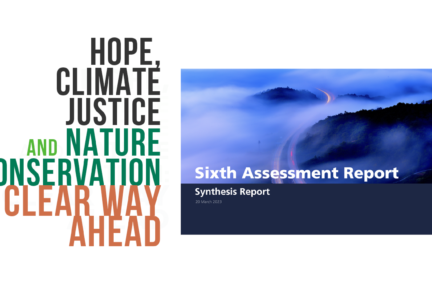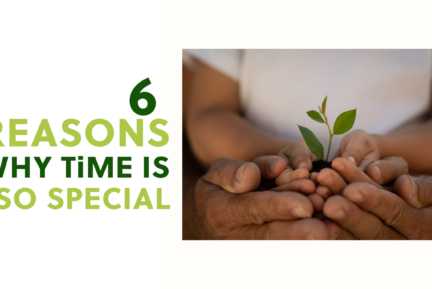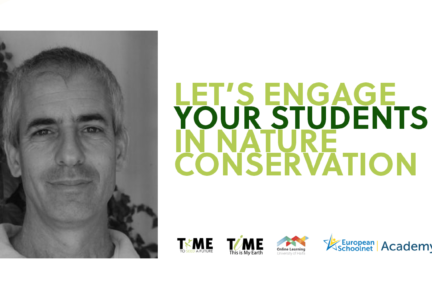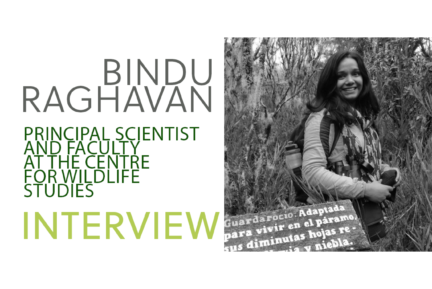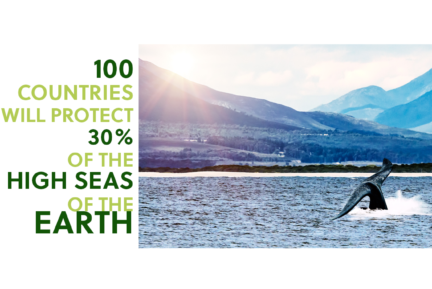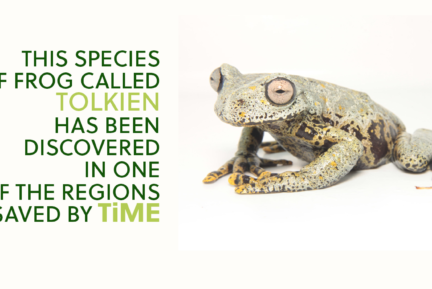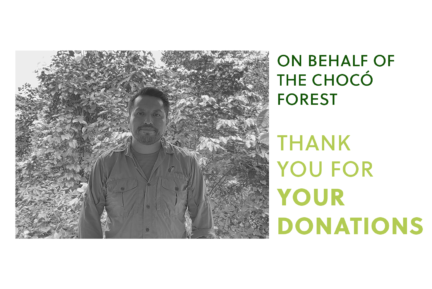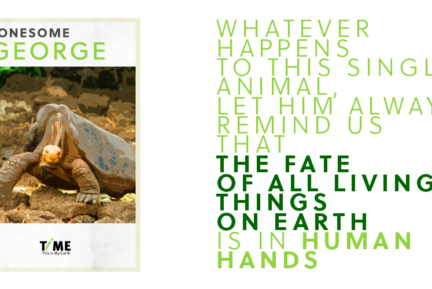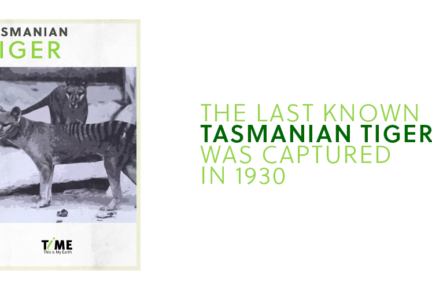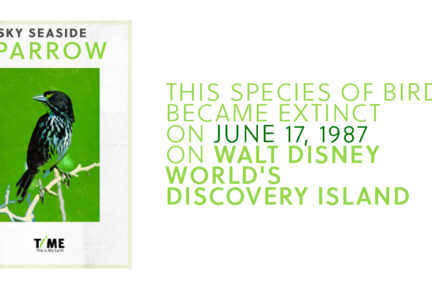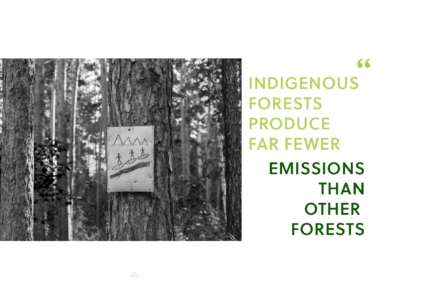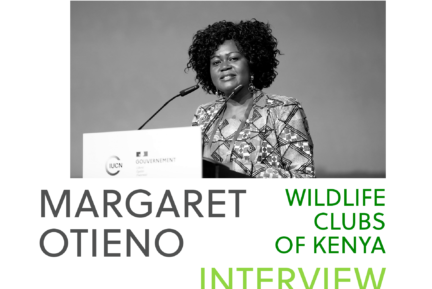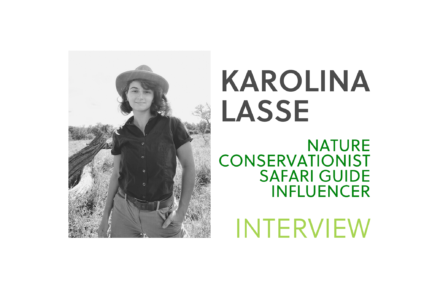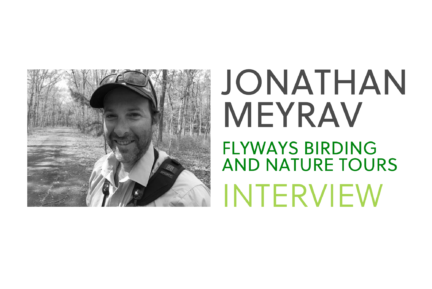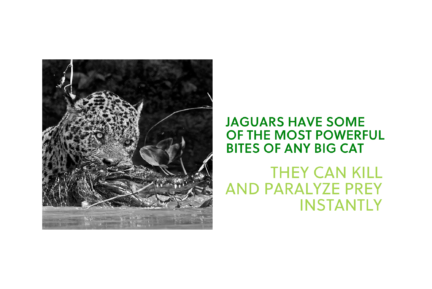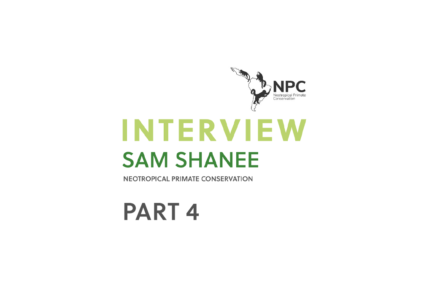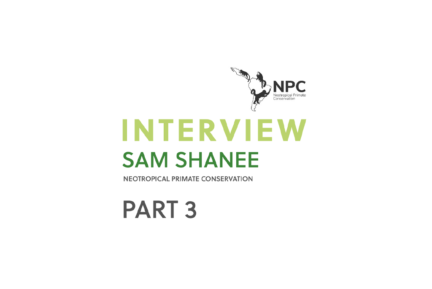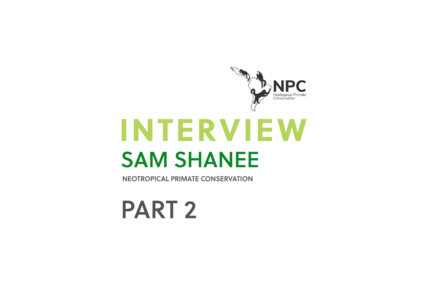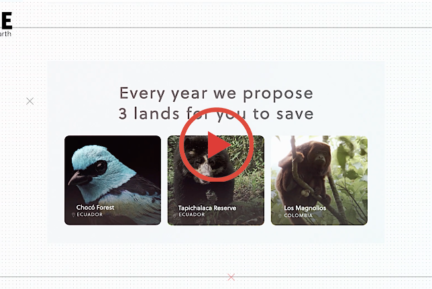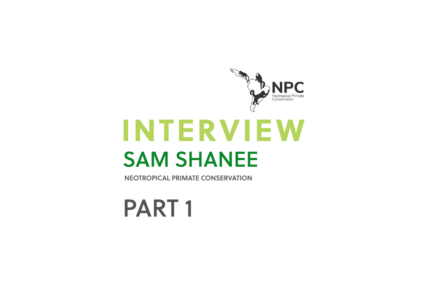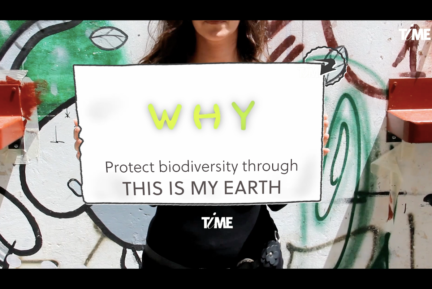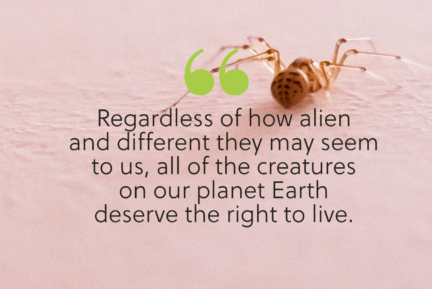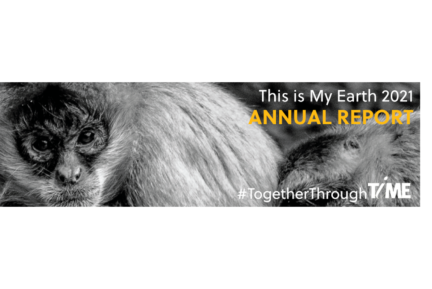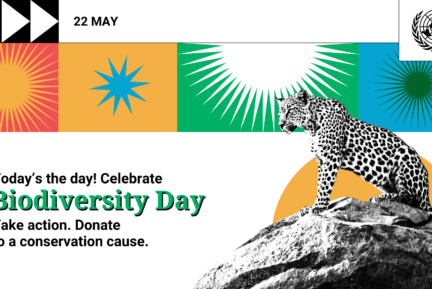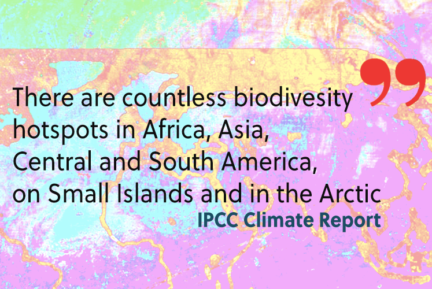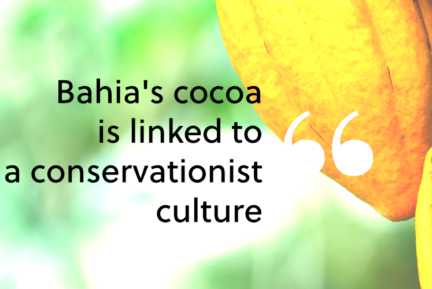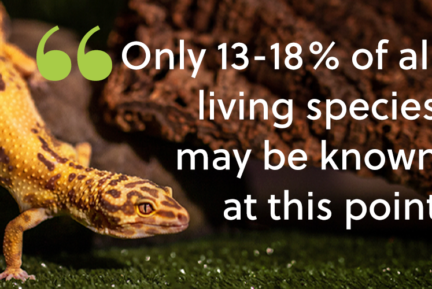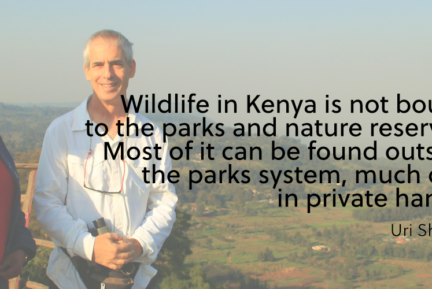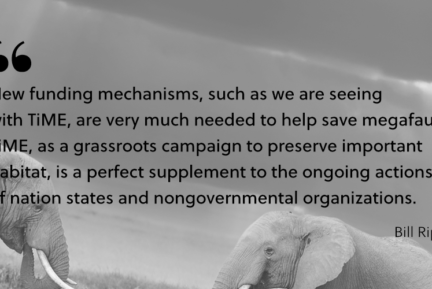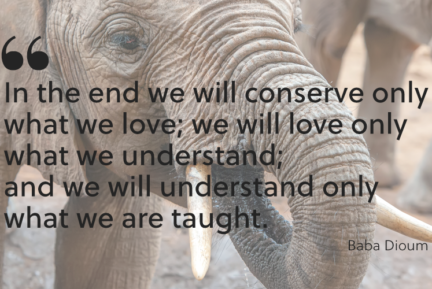Everybody knows that the most famous Jaguar in the world is Scarface. And that is, of course, because of his unique story, but also because of the myth that surrounds the whole species.
Among the Mojo people of Bolivia, the prime candidates for the job of shaman were men who had survived a jaguar attack. The Olmec, the Maya, the Aztec and the Inca carved jaguar effigies into their temples, their spoons made from llama bones, their pot handles and their thrones. Some tribes in the Amazon drank jaguar blood. Images of the jaguar were woven into shawls and funeral shrouds of the Chavín people, whose civilization emerged in Peru around 900 B.C
For thousands of years jaguars have had a double life—a figurative existence that dominates the art and archaeology of pre-Columbian cultures across much of the species’ historical range, from the southwestern U.S. to Argentina.
The Jaguar has been seen as a spirit companion or “nagual”, which will protect humans from evil spirits while moving between the Earth and the spirit realm. As the jaguar is quite at home in the nighttime, it is believed to be part of the underworld; thus, Maya gods with jaguar attributes or garments are underworld gods.
The jaguar is said to possess the transient ability of moving between worlds because of its comfort both in the trees and the water and the ability to hunt as well in the nighttime as in the daytime.
Also, the jaguar has the habit of sleeping in caves which are places often associated with the deceased ancestors. The founding of various ancient Olmec jaguar transformation figures prove this religious meaning.
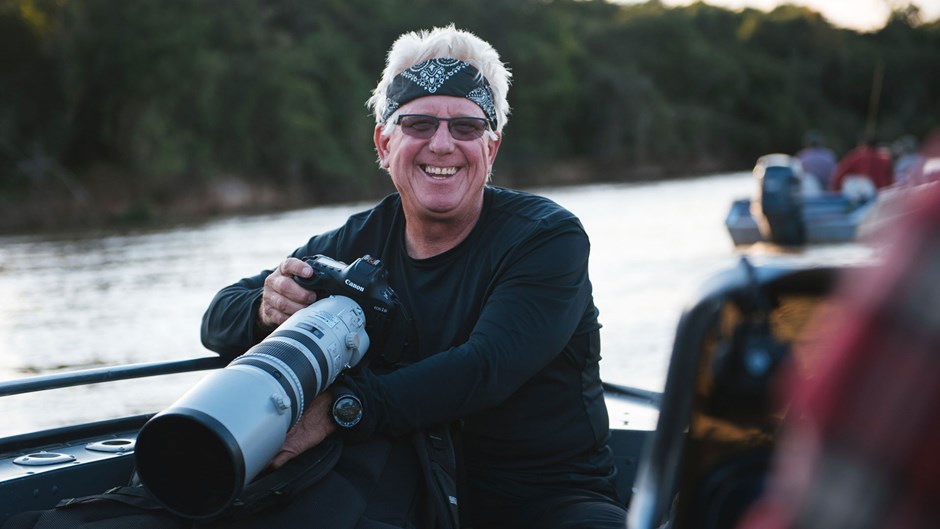
The story of Scarface: The most famous jaguar in the world
In 2016, the famous National Geographic photographer Steve Winter decided to travel to Brazil in order to follow the tracks and leave a photographic imprint of the life of the big cats of South America: The jaguars.
Steve Winter‘s reputation as a photographer is unquestionable and the value of his work incalculable. From the icy lands of Svalbard at the North Pole to the torrid jungles of the Amazon, Winter follows up during long days of hard and silent work to retrace the most amazing stories and capture the most shocking scenes.
Steve has been stalked by jaguars in Brazil, trapped in quicksand in the world’s largest tiger reserve, and charged by a grizzly bear in Siberia.
He has slept in a tent for six months in -40˚C temperatures while tracking snow leopards and visited remote villages where residents have never seen a camera before.
He now gives lectures across the world on wildlife photography and conservation, and has appeared on CBS Nightly News, BBC, CNN and other media outlets. IN 2013 he published his photography book Tigers Forever: Saving the World’s Most Endangered Cat. Steve has also filmed numerous shows for NatGeo and NatGeo Wild, including Mission Critical – Saving the Leopard.
As a big cat specialist, Steve Winter has been a photographer for National Geographic for over two decades. The BBC granted him with a Wildlife Photographer of the Year award. And just a few months later with the BBC Wildlife Photojournalist of the Year.
For decades, Steve commits to big cats and wildlife conservation. He feels that he has a great responsibility to get people excited about the natural world. He is fascinated by people and cultures. Above all, he wants to give people a front-row seat to the action. He likes to make the general public part of the team alongside the photographer, writer, and filmmakers.
But if there’s one moment in Winter‘s career that represents a paradigm shift. The moment when the photographer recorded a particular jaguar. This jaguar was hunting an alligator. And it was the famous jaguar Scarface.
Into the wild
There’s one moment in Winter‘s career that represents a paradigm shift. The moment when the photographer recorded a particular jaguar. This jaguar was hunting an alligator. And it was the famous jaguar Scarface
Winter recorded more than 6 years ago and the Jaguar Scarface is certainly still dominating and protecting its territory, although it may very well have been ceding power to new generations
Winter had been trailing the 10-year-old alpha jaguar non-stop for four days. Traveling down a river that cuts through dense Brazilian forest, Winter and his cameraman Bertie Gregory had seen the large cat with a split lip lunge at and miss over a dozen previous targets. They were beginning to think they wouldn’t document a kill.
Sitting under an umbrella rigged into a fishing pole holder, Winter sat with camera in tow, feeling the 115-degree Fahrenheit heat bear down on him.
Winter was ready to give up on the cat, but then, this amazing Panthera onca went underwater.
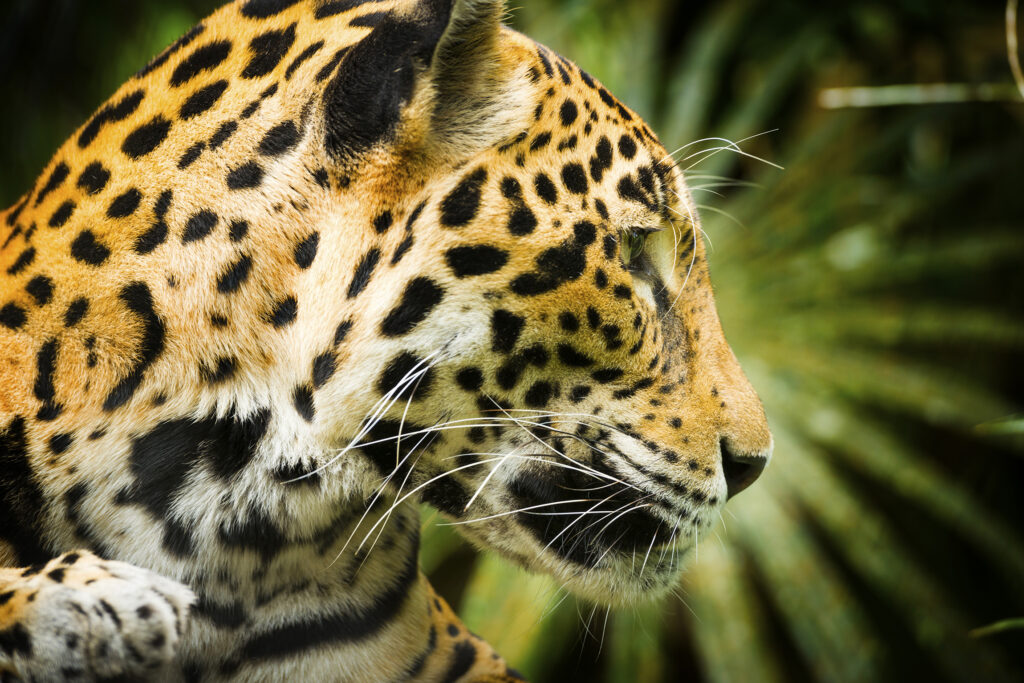
What are we doing to protect the Jaguars?
The jaguars are classified as a Near Threatened species. Due to a suspected 20-25% decline over the past 21 years in area of occupancy, the extent of occurrence, and habitat quality, jaguars are at risk. The actual or potential levels of exploitation are also very dangerous.
Since 2016, we have protected many areas where jaguars live. Now we are asking for your help to make life easier. Let’s help species that live in the Chocó forest, in Ecuador.
Together with the Fundación de Conservación Jocotoco, we are struggling to buy lands in the Chocó area. These lands present a high interest for biodiversity.
Purchasing these lands would protect the only viable populations of Jaguars, Vulnerable White-lipped Peccaries and Harpy Eagles in western Ecuador.
Finally, this land purchase would allow us to connect four protected areas with a total size of more than 3,000 km² along an altitudinal gradient from sea level to 4,900 m.
This is the only region in the Western Tropical Andes where we can protect the entire range of ecosystems.
This project would build connectivity and allow us to achieve climate resilience. Because species will be able to shift their distributional ranges uphill with increasing temperatures.
Since 2016, #TogetherThroughTiME and thanks to your donations, we have purchased many of the lands where Jaguars live.
We have also protected several of their habitats, and made viable natural corridors that guarantee their safety and viability.
Join our nature conservation project in the Chocó here:
https://this-is-my-earth.org/habitat/choco-forest-ecuador/



